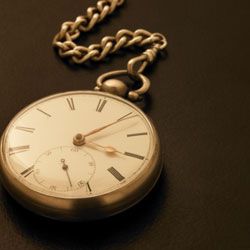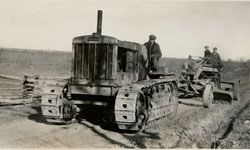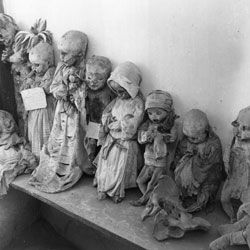You see some old medical devices in museums and history books. They recall treatments like cupping, in which a vacuum is created using glass cups against the skin to pull blood to the surface (still used today in alternative medicine, actually). Or others like bloodletting, which involved draining the body of large amounts of blood in order to rid a person of a vast array of ailments, from viruses to depression.
Some families count such equipment among their family heirlooms. It's easy to see how they'd have some intense memories attached to them.
The Day family, for one, according to a report in a local Illinois paper, was cleaning out the attic in 2010 when they found a leather and metal pocket-knife-looking tool they'd never seen before. It turned out to be a bloodletting device from the 1800s, used by a Day to help injured soldiers during the Civil War.
A 19th century vein cutter is perhaps not something to keep around the home. The Days donated it to a museum.
Up next: We weren't kidding about the mummified remains.





